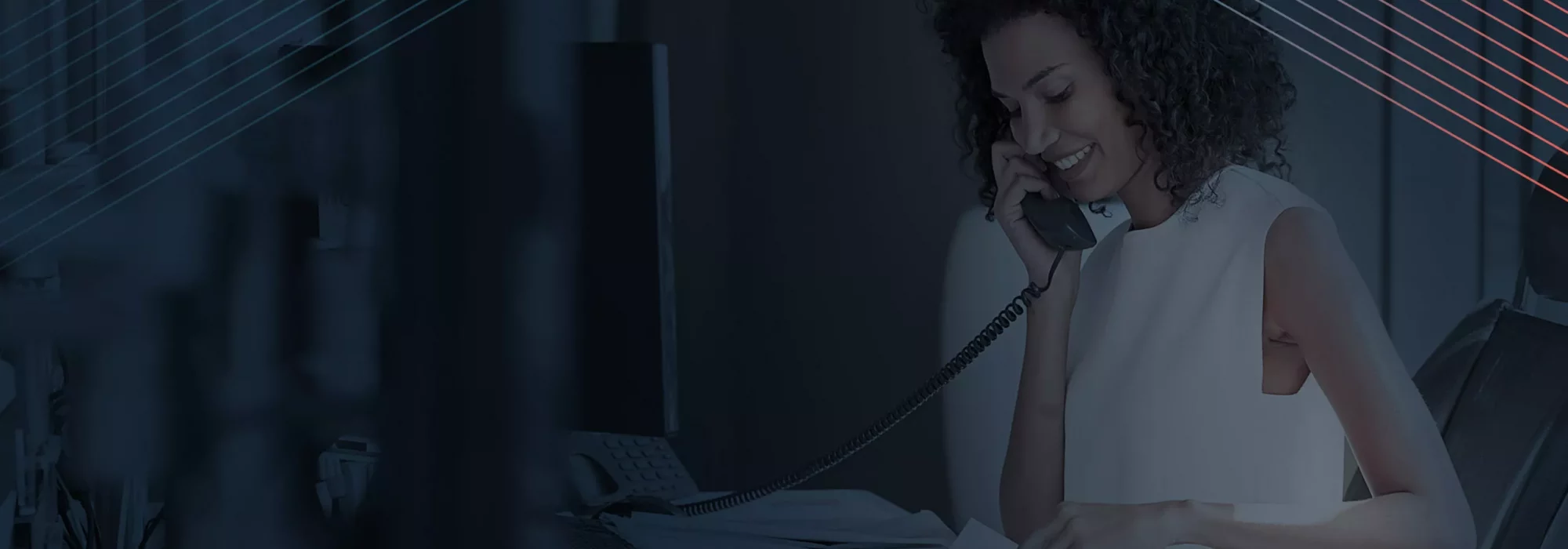The future of digital tax reporting and invoicing

At Tungsten Network, we know how important innovation is. As technology develops, our solutions can become more efficient and effective.
But it’s not just technology that we’re interested in improving. Processes and methodologies can also be enhanced, helping to streamline our clients’ operations. Our products focus on digital tax reporting and electronic invoicing, so finding better ways for companies to complete these tasks is one of our chief goals.
In this article, we’ll discuss the DCTCE model. The model, proposed by Tungsten’s Vice President of Product Compliance, Ruud Van Hilten, stands to become a key factor in the next generation of digital tax reporting.
What is the DCTCE model?
An increasing number of countries are implementing digital solutions to combat VAT fraud and under-collection. One prominent example is the UK’s MTD (Making Tax Digital) scheme, which requires compatible software to submit tax returns. Businesses can use this software to report invoice data directly from their transaction processes to complement or replace periodic VAT returns.
The requirements for real-time or near-real-time transmission of commercial invoice data to national tax offices are called Continuous Transaction Controls (CTC). CTC models differ from country to country, which means international businesses have to navigate multiple systems to complete the same task.
The DCTCE model, or Decentralised CTC and Exchange model, means businesses can submit digital tax reports using a central tax platform with the support of certified service providers operating on a decentralised basis. The core of this model is that the certified service providers will complete the data validation and exchange necessary for digital tax reporting.
The benefits of DCTCE
The issue with most of the CTC models that currently exist is that they have a tax optimisation (i.e. government-friendly) perspective instead of helping the primary users: businesses and other tax-liable organisations.
With the DCTCE model, an exchange network would exist that supports the adoption of economy-wide electronic invoicing. The numerous benefits of electronic invoicing would make digital tax reporting simpler and improve interoperability between businesses of all sizes. Given that many companies are investing heavily into digital solutions that support supply chain automation and electronic invoicing, the DCTCE model would protect and grow these investments.
Consistency is another notable benefit of the DCTCE model. If deployed in multiple countries or regional tax jurisdictions, the model would support indirect tax controls for domestic, cross-border, and multi-country operations. Whilst the primary aim would be to keep the core elements of the DCTCE model the same, individual governing bodies would be able to implement country-specific requirements and local practices.
Although some form of interface or online portal would be necessary for businesses to fully utilise the DCTCE model, it’s entirely feasible to provide low-cost connectivity services for small and medium-sized enterprises (SMEs).
If implemented, DCTCE offers an innovative way to provide a balance of benefits for the public and private sector, based on standards and available technology.
Moving into the future with Tungsten Network
We’ve provided an overview of the DCTCE model and its benefits here, but if you’re interested in knowing more about the future of electronic tax reporting and invoicing, Tungsten offers a detailed whitepaper on the subject.
Click here to request your copy of the whitepaper today.



